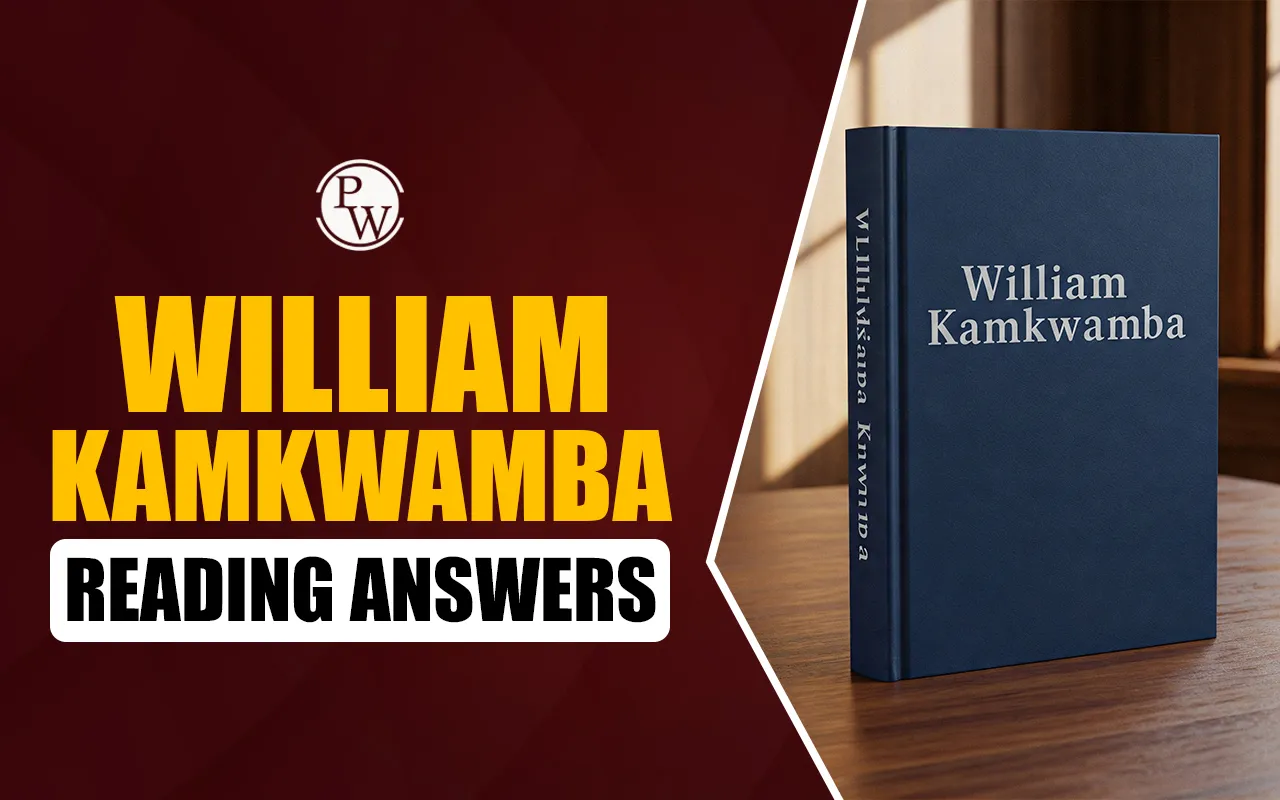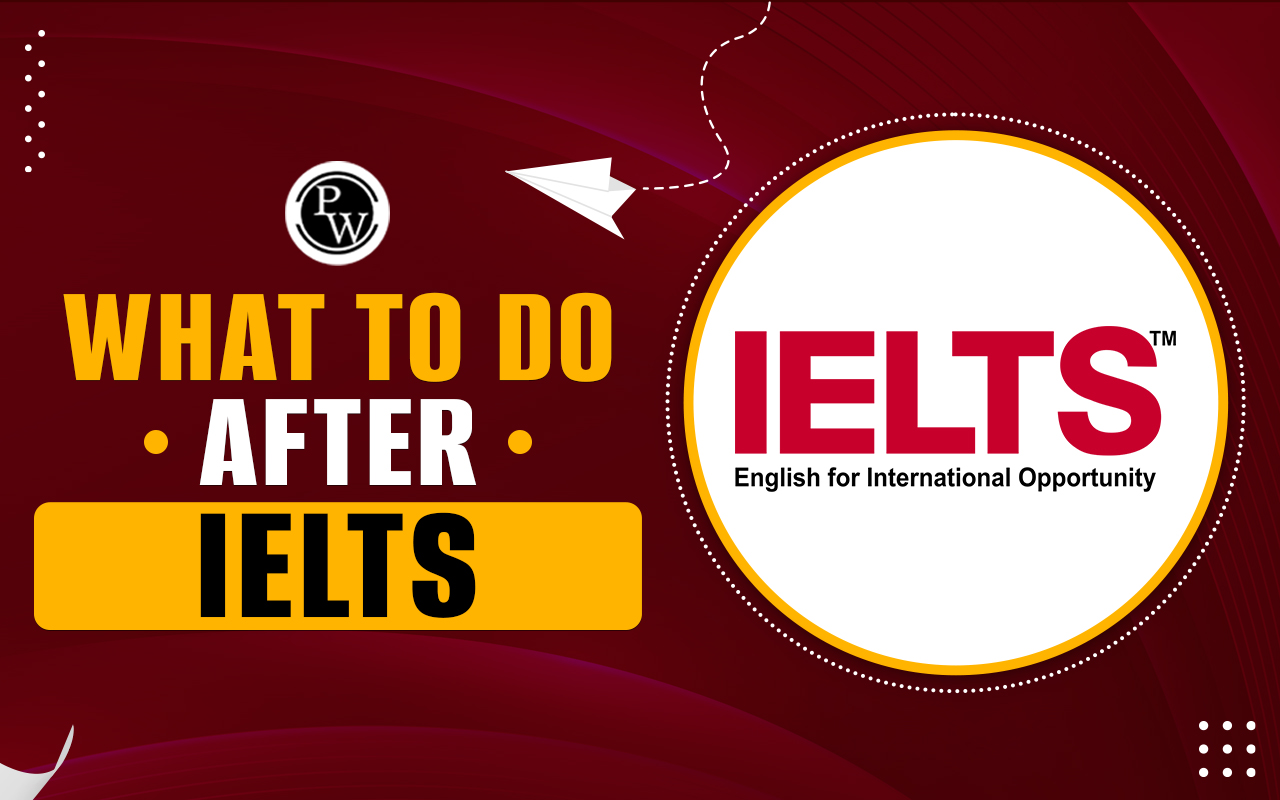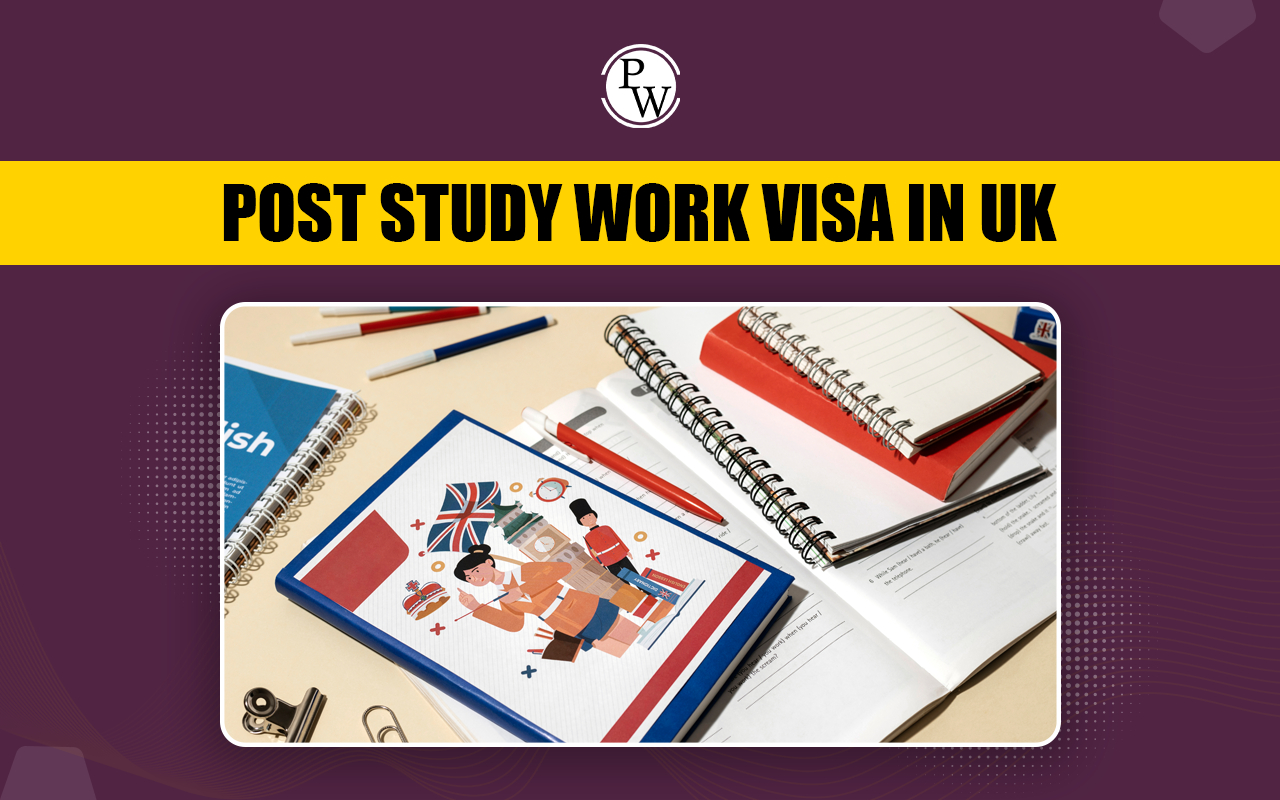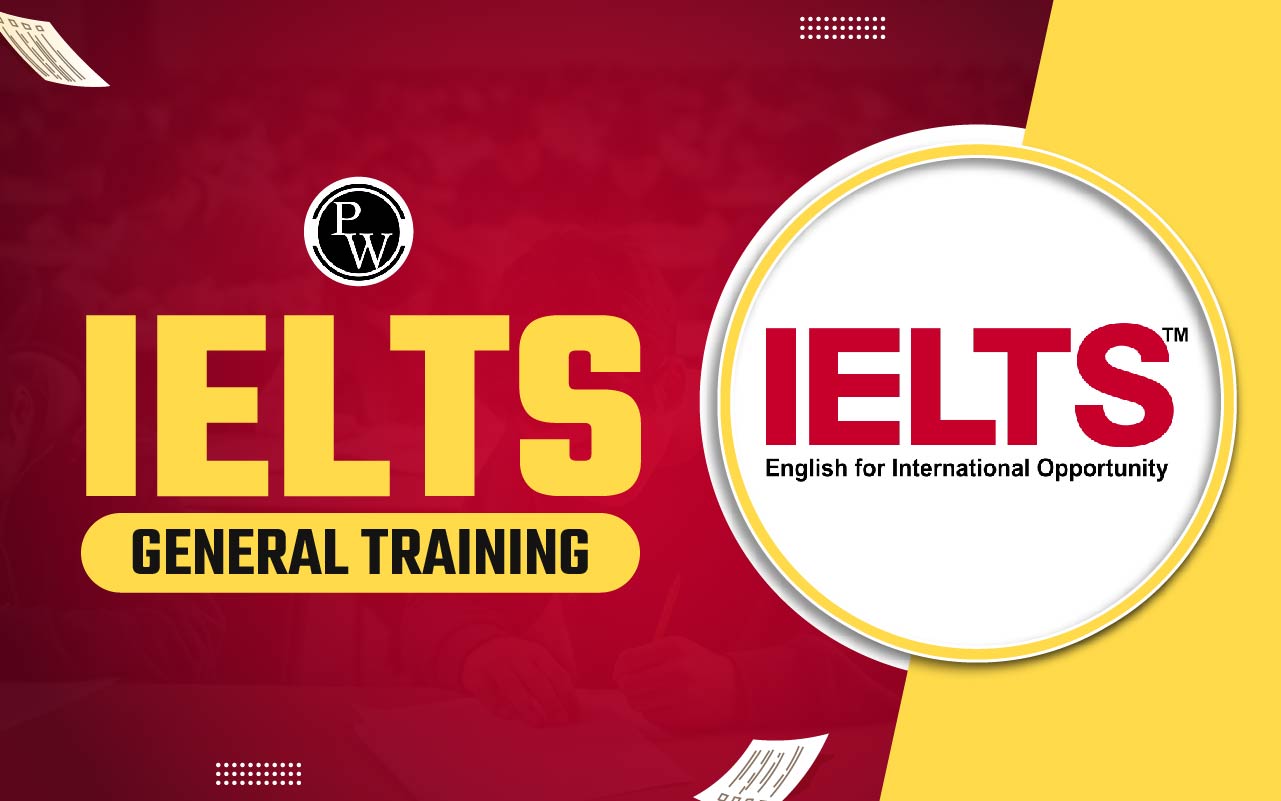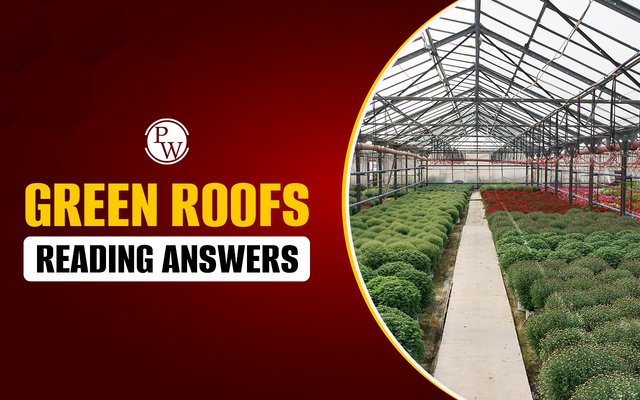
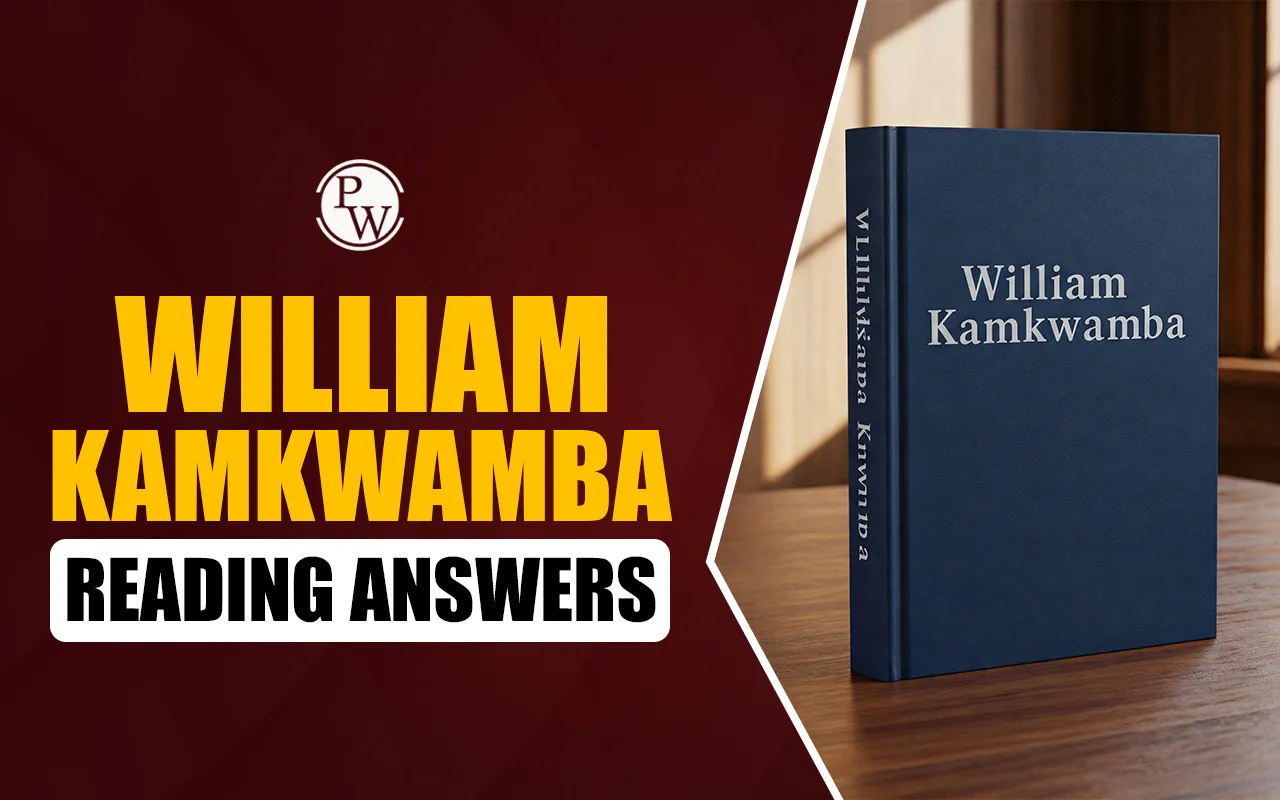
William Kamkwamba Reading Answers: “William Kamkwamba” is a valuable resource for IELTS candidates looking to practice their reading skills. This passage explores the inspiring journey of William Kamkwamba, a young innovator from Malawi who built a windmill to generate electricity for his village. The IELTS Reading test often includes questions on key aspects such as his challenges, engineering process, and impact on the community.
This guide provides a variety of question formats, including Flowchart Completion, True/False/Not Given, and Short Answer questions, to help candidates prepare effectively. By practicing with this passage, IELTS aspirants can enhance their comprehension skills, familiarize themselves with question patterns, and improve their overall reading performance for the IELTS Reading exam.
William Kamkwamba Reading Answers Passage
William Kamkwamba
- In his African hamlet of Masitala in Malawi, southeast Africa, William Kamkwamba created a number of windmills that could produce energy at the age of just 14.
- William Kamkwamba had to leave school in 2002 because his father whose occupation is a maize and tobacco farmer could no longer afford his tuition. William was nonetheless determined about completing his degree despite this setback. He started going to the neighborhood library that had recently opened in his old elementary school, where he found a tattered science book. He taught himself the fundamentals of physics, mostly by studying pictures and diagrams, despite having only a rudimentary grasp of English. Another book he discovered there had a windmill on the front, which gave him the idea to attempt to construct his own.
- He built a small model to get things going. Then, over the course of several weeks, with the assistance of a cousin and a friend, he searched scrapyards instead he discovered old tractor fans, shock absorbers, plastic tubes, and bicycle parts, which he utilized to construct the actual device.
- William split some bath pipe in two lengthwise and used hot coals to flatten the curved edges flat before using the pieces as windmill blades. He drove a nail through the center of a corncob, heated the metal red, and then twisted it through the blades to create holes in them. The process of repeatedly heating the nail and boring the holes took three hours. Using the correct nuts and bolts, he linked the blades to a tractor fan before attaching them to the bicycle's rear axle. The bicycle dynamo produced electricity. The bike wheel spun when the wind blew the blades, charging the dynamo and sending a current through a wire to his house.
- He had constructed a raw device that generated 12 volts and lit four lights. When it was finished, the windmill had a wingspan of more than eight feet and was supported by a rickety tower that was 15 feet tall and swayed violently in severe winds. Later, he built a second machine to water the family garden and replaced the weak tower with one that is 39 feet tall.
- William Kamkwamba became immediately well-known in his community because of the windmill, but despite his success, he was still unable to go back to school. But as word of his magetsi a mphepo, or "electric wind," traveled outside of Malawi, things started to shift. When an education official visited his hometown after hearing about the windmill, he was shocked to realize that William had missed five years of school. He organized for the government to pay for him to attend secondary school and invited the media to the farm to witness the windmill. Once bloggers became interested in an article from the Malawi Daily Mail, conference organizers for the Technology Entertainment and Design conference became interested as well.
- William received a standing ovation when he spoke at the TED Global conference in Tanzania in 2007. Businessmen offered to pay for his studies and projects, and with the money they gave him, he was able to send his cousin and many friends back to school and take care of some of his family's medical expenses. He also constructed drip irrigation in his father's crops and dug a borehole for a well and water pump in his community using the donation.
- His family's crops have been able to grow because of the water pump. In tobacco’s place, they now cultivate maize, beans, soybeans, potatoes, and peanuts. The other villagers' lifestyles and health have changed significantly as a result of the windmills. William notes the significant changes to the village. "They are now using the time they would have spent going to gather water to accomplish other things. Additionally, since they are drinking clean water, there are fewer diseases. Moreover, the people have stopped using kerosene and can now use the money they had been using to buy fuel for other things.
- The example set by William Kamkwamba encouraged other children in the village to study science. They can now see, according to William, that anything they set their minds to may be accomplished. He claims that it has altered how people think.
| IELTS Exam Important Links | |
|---|---|
| IELTS Reading Band Score | IELTS Listening Band Score |
| IELTS Speaking Band Score | IELTS Writing Band Score |
William Kamkwamba Reading Answers Sample Questions
Questions 1-5
Complete the flowchart below.
Choose NO MORE THAN TWO WORDS from the passage for each answer.
-
William left (1) _______ due to financial issues.
-
He found a (2) _______ with a windmill on the cover.
-
He collected parts like tractor fans and (3) _______ from scrapyards.
-
The blades were attached to a (4) _______ to generate electricity.
-
A taller (5) _______ was built to make the windmill more stable.
Questions 6-10
Do the following statements agree with the information given in the reading passage?
Write:
-
TRUE if the statement agrees with the information.
-
FALSE if the statement contradicts the information.
-
NOT GIVEN if there is no information on this.
-
William Kamkwamba learned physics from his school teachers.
-
The windmill was able to generate more than 50 volts of electricity.
-
William’s family started growing different crops after installing the water pump.
-
The media played a crucial role in spreading William’s story beyond Malawi.
-
William’s invention directly led to his admission to a university.
Questions 11-13
Answer the questions below.
Use NO MORE THAN ONE WORD and/or a NUMBER from the passage for each answer.
-
How many lights did William’s first windmill power?
-
What was the height of the final windmill tower?
-
What material did William flatten to create windmill blades?
William Kamkwamba Reading Answers with Explanations
Questions 1-5: Complete the Flowchart Answers
|
Question |
Answer |
Answer Location |
Explanation |
|---|---|---|---|
|
1. William left (1) _______ due to financial issues. |
School |
"William Kamkwamba had to leave school in 2002 because his father… could no longer afford his tuition." |
The passage states that financial difficulties forced William to leave school. |
|
2. He found a (2) _______ with a windmill on the cover. |
book |
"Another book he discovered there had a windmill on the front, which gave him the idea to attempt to construct his own." |
William got the inspiration for his windmill from a book he found at the library. |
|
3. He collected parts like tractor fans and (3) _______ from scrapyards. |
bicycle parts |
"Instead, he discovered old tractor fans, shock absorbers, plastic tubes, and bicycle parts, which he utilized to construct the actual device." |
The passage mentions that bicycle parts were among the materials William used. |
|
4. The blades were attached to a (4) _______ to generate electricity. |
dynamo |
"The bike wheel spun when the wind blew the blades, charging the dynamo and sending a current through a wire to his house." |
William’s windmill generated electricity through a bicycle dynamo. |
|
5. A taller (5) _______ was built to make the windmill more stable. |
tower |
"Later, he built a second machine to water the family garden and replaced the weak tower with one that is 39 feet tall." |
William initially built a weak tower, but he later replaced it with a stronger and taller one. |
Questions 6-10: True / False / Not Given Answers
|
Question |
Answer |
Answer Location |
Explanation |
|---|---|---|---|
|
6. William Kamkwamba learned physics from his school teachers. |
FALSE |
"He taught himself the fundamentals of physics, mostly by studying pictures and diagrams, despite having only a rudimentary grasp of English." |
The passage states that William learned physics on his own, not from school teachers. |
|
7. The windmill was able to generate more than 50 volts of electricity. |
FALSE |
"He had constructed a raw device that generated 12 volts and lit four lights." |
The windmill produced only 12 volts, which contradicts the statement. |
|
8. William’s family started growing different crops after installing the water pump. |
TRUE |
"His family's crops have been able to grow because of the water pump. In tobacco’s place, they now cultivate maize, beans, soybeans, potatoes, and peanuts." |
The passage confirms that the family switched to growing a variety of crops after the water pump was installed. |
|
9. The media played a crucial role in spreading William’s story beyond Malawi. |
TRUE |
"Once bloggers became interested in an article from the Malawi Daily Mail, conference organizers for the Technology Entertainment and Design conference became interested as well." |
The passage explains that media coverage helped William gain international recognition. |
|
10. William’s invention directly led to his admission to a university. |
NOT GIVEN |
No explicit mention |
The passage states that businessmen sponsored his studies, but it does not mention university admission. |
Questions 11-13: Short Answer Questions Answers
|
Question |
Answer |
Answer Location |
Explanation |
|---|---|---|---|
|
11. How many lights did William’s first windmill power? |
four |
"He had constructed a raw device that generated 12 volts and lit four lights." |
The passage states that the windmill powered four lights. |
|
12. What was the height of the final windmill tower? |
39 feet |
"Later, he built a second machine to water the family garden and replaced the weak tower with one that is 39 feet tall." |
The final windmill tower was 39 feet tall. |
|
13. What material did William flatten to create windmill blades? |
bath pipe |
"William split some bath pipe in two lengthwise and used hot coals to flatten the curved edges flat before using the pieces as windmill blades." |
The passage clearly states that William used bath pipes for the blades. |
Also Read:
- Should You Use All Capital Letters in the IELTS Listening and Reading Tests
- IELTS Reading Mistakes
- How to Improve IELTS Reading Score
- How to Manage Time in IELTS Reading
Guidance of PW IELTS
Physics Wallah offers multiple online IELTS courses for all students. Follow the IELTS pages to better prepare for the exam.
| What is IELTS Exam? | Documents Required for IELTS Registration |
| IELTS exam eligibility requirements | IELTS Exam Fees |
| IELTS test results | IELTS Exam Pattern |
William Kamkwamba Reading Answers FAQs
Who is William Kamkwamba?
Why did William Kamkwamba leave school?
How did William Kamkwamba build his windmill?
How did William Kamkwamba become famous?

